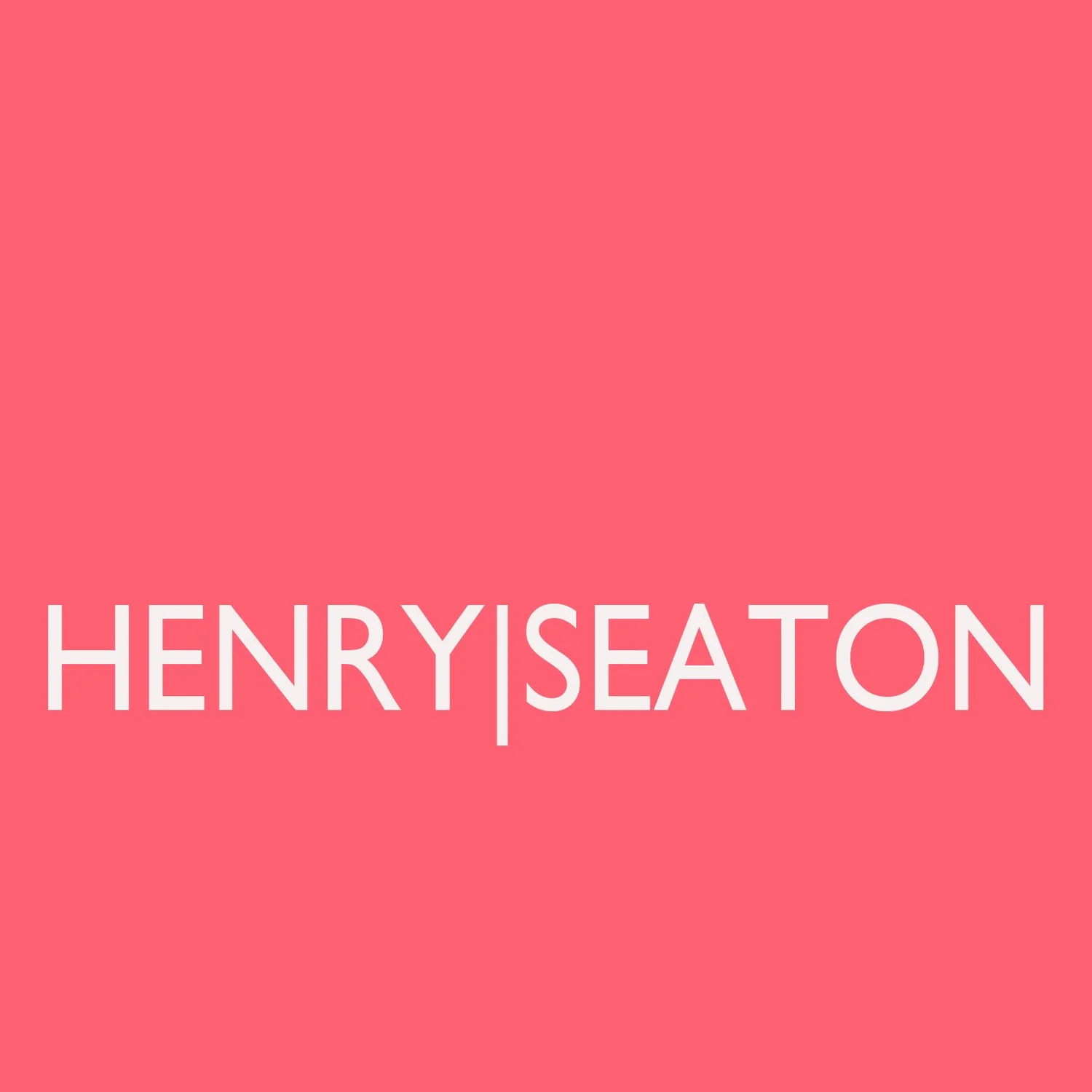involuntary sculpture
In 1933 Ray Brassai and Salvador Dali made a series of photographs of fragments of everyday debris. The artists described the series as Involuntary Sculptures (1933). Ephemeral materials were endowed with a new status conveyed by the photograph. Laszlo Maholy-Nagy used the camera to create objective views of the world, and the world of things. This objective and detached approach associated with the term ‘New Objectivity Photography’ has philosophical overtones in its emphasis on how we relate to or observe everyday objects. (Soutter, 2013)
In the 1960s and 1970s photography was integral for minimalist sculpture, conceptual art and land art. (Godeau,1991). The documentation of temporary works initially generated as a visual map has established a platform for my own research. This photo-documentation becomes a method in the testing of my own sculptural practice and endeavours to articulate dialogues between the object and its photographic alternative.
As a means of analysing what may be lost or gained in a photograph of an object, I will site case studies including Michael Snow’s Of a Ladder (1971) and Victor Burgin’s Photopath (1967) eg. ‘Michael Snow ‘Of a Ladder’ (1971) site specific installation (Photographs). eg. Victor Burgin “Photo Path” (1967) Site Specific Installation (Photographs)
These examples illustrate the site-specific use of positioned photographs to reveal the complexity and limitations of how the world is rendered through the apparatus of the camera. In Bruce Nauman’s decisive work ‘Flour arrangements’(1966) a series of photographs work beyond documentation and add significance or meaning to ephemeral materials or objects and work beyond the temporal role of sculpture. (Rubel, 2014:118) So therefore, can we claim the meaning or status of the object depicted has been transferred, or altered from object to photograph? And therefore argue that the original object, has been essentially transposed, and can at least be described as having obtained an alternative authenticity. eg. Bruce Nauman ‘Flour Arrangements’ (1966) 8 Photographs 48 x 58, 25 x 58, 33 x 58 and 43 x 58cm
In the work of Gabriel Orozco photographs act as ‘encounters’ with objects, creating a dialogue between a real object or staged event, and its photographic translation or ‘transposition’ Fig.7. Joanna Lowry describes this as a way of levering the object out of its material environment and allowing the viewer to see it with fresh eyes (Lowry, 2013:144) In the work of Thomas Demand we see outcomes where photographs become the product of a sculptural process. Taking reference from existing photographs of extant objects and specific locations, replicas are constructed from paper in the form of studio-built models. The 1:1 scale models of interiors or locations are then meticulously photographed, and these photographs become the final product. The original meaning of the work becomes diffused or deflected by ‘physically’ constructing a scene or tableau which in turn becomes the photographic product. (Trodd, 2010:139)
graham seaton
